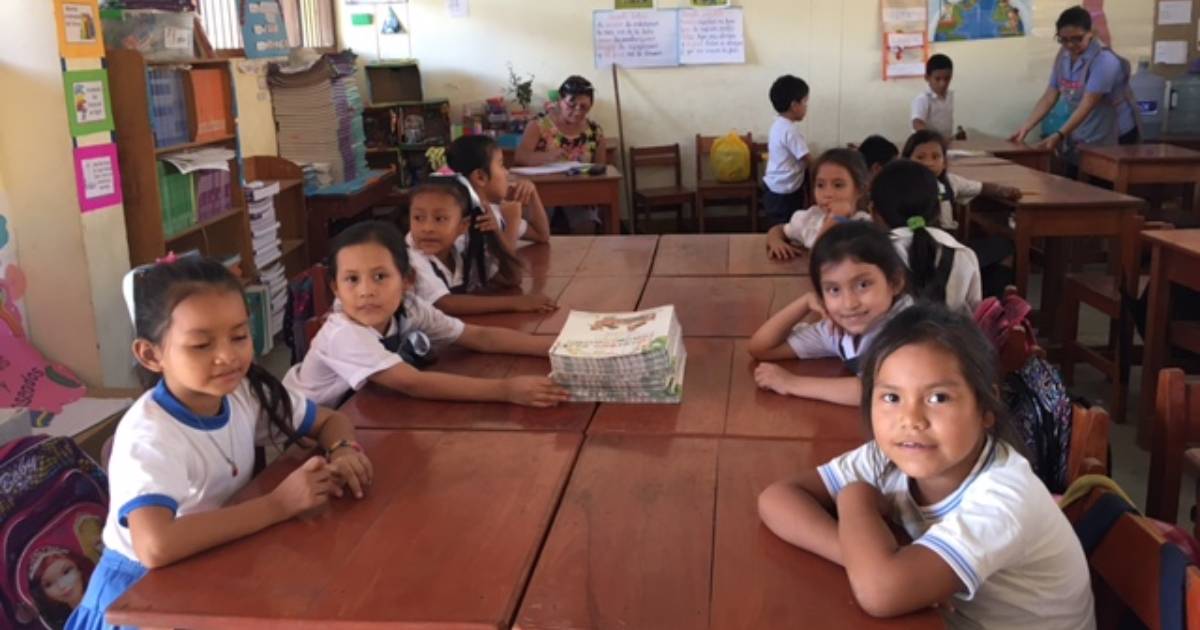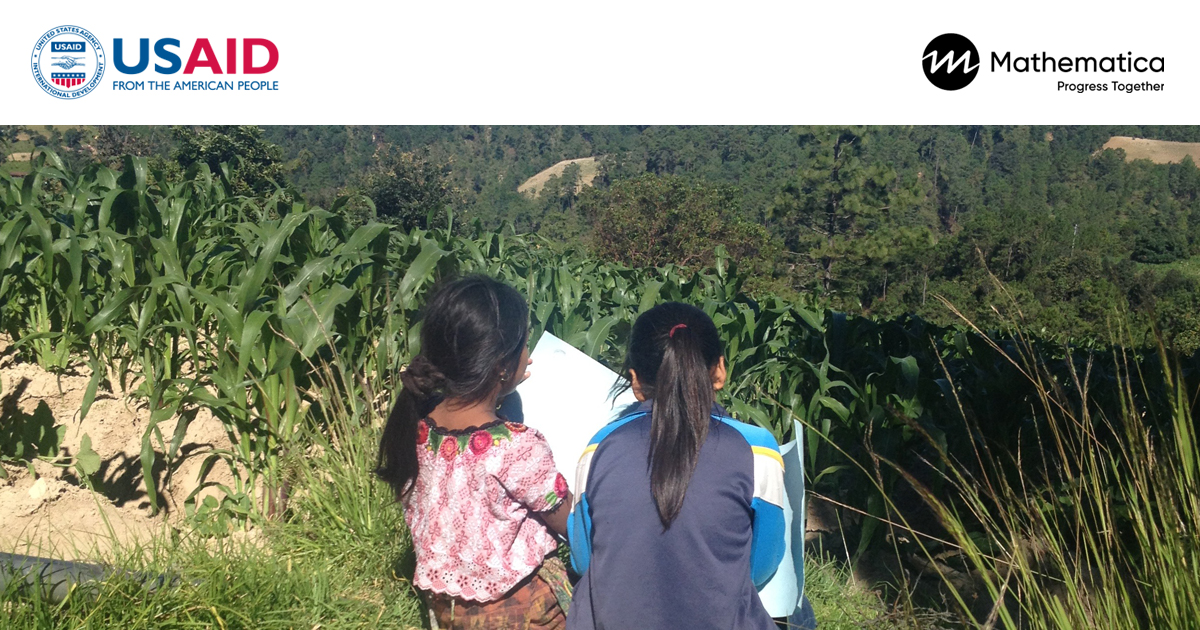As the global literacy community comes together this week to celebrate International Literacy Day for the 55th time, it does so under unique circumstances. We have seen decades of progress in addressing global literacy, resulting in an increase in the percentage of the world’s population that can read and write from 68 percent in 1979 to 86.7 percent in 2020. However, in the aftermath of the global pandemic, 771 million youth and adults around the world still lack basic literacy skills—60% of whom are girls and women—and nearly 24 million learners might never return to formal education.
Losing the ground gained over the last decades isn’t an option. To meet the moment, UNESCO is calling on the global education community to rethink the fundamental importance of literacy learning spaces to build resilience and ensure high quality, equitable, inclusive education for all. It’s a bold goal, but an attainable one if policymakers, practitioners, funders, and other education decision makers continue to invest in understanding what works.
Over the last decade, donors and nongovernmental organizations have paid increasing attention to reading instruction and achievement in early primary grades, but there is little evidence available on the long-term impact of those investments, the sustainability of reading programs, or on how such programs contribute to local or national shifts in education policy. As the international education community follows through on rethinking the importance of literacy learning spaces, long-term impact evaluations (LTIEs) of previous investments must play a significant role.
For many of the countries with low and middle income that we’ve worked in around the globe, present-day challenges make it hard to think about reimagining anything. Many countries lack the resources to provide high quality support to schools, conduct in-service teacher training, and collect and use data on what’s working. An investment from an international organization like the United States Agency for International Development (USAID) in programs focused on building capacity for teacher training, coaching, and study groups, as well as training for principals and regional staff, can open the door to what’s possible—if the program works.
The best way to know if a program works to improve education outcomes is through an LTIE. With an LTIE, we can see not only if the program achieves immediate goals but also if they are sustained. Mathematica recently conducted an LTIE of the Amazonía Lee program in the San Martín and Ucayali regions of Peru. USAID funded Amazonía Lee with the goal of improving early-grade reading performance and addressing the learning gaps of children in grades 1 to 3. It was implemented by the Regional Education Directorates (Direcciones Regionales de Educación) from 2015 to 2017, with technical assistance from Universidad Peruana Cayetano Heredia (UPCH). The outcomes were mixed; there were promising early results in some schools, but they were not sustained as students progressed to higher grades:
- In Ucayali, Amazonía Lee second graders had higher reading scores than students in the control group, but by fourth grade, the differences were smaller and were no longer statistically significant. This could be partly due to the fact that the intervention ended after grade 3.
- In San Martin, Amazonía Lee had no impact on second grade reading scores compared to control schools that implemented the Soporte Pedagógico program, which had many commonalities with Amazonía Lee, including in-service teacher training. Two years later, the scores for fourth graders were actually higher in the control schools and the difference was statistically significant, which might be due to the continued funding of Soporte Pedagógico after funding for Amazonía Lee had ended.
While those initial findings may seem disappointing, they also expose some important insights about how USAID and others can structure their investments to have the most impact:
- Work with local actors to embed activities into existing systems.
Even after USAID program funding ends, local actors, including regional education officials and local research universities, can make positive impacts through activities such as providing technical assistance. - Dig deeper to understand which specific interventions are working.
In-service teacher training on early grade reading instruction, whether supported by local technical assistance providers, as in the case of Amazonía Lee, or by the national government, as in the case of Soporte Pedagógico, contributes to better student reading skills in the primary grades in the short and long term. Donors should continue to invest in in-service teacher training and expanding these programs to include higher grades. - Think bigger about what programs leave behind.
The legacy of Amazonía Lee in both regions isn’t defined simply by the specific interventions that received funding, but also by the cooperative alliances established during the program between the technical assistance provider, UPCH, and the regional educational authorities. The program can also point to the regional adoption of the reading instruction approach used in the Amazonía Lee program. UPCH continued collaborating with the regional authorities to implement low-cost activities to improve literacy, such as reading days and reading marathons, after the end of the program.
Determining whether effects continue or dissipate over time can help policy makers and funders make decisions about follow-on interventions. LTIEs are vital to getting a complete picture about (1) whether impacts continue for the initial population after an intervention ends and (2) which aspects of the interventions are sustained. It is important to think about the long-term cost effectiveness of early grade interventions, especially when support is needed to improve school quality in subsequent grades. But even if it isn’t possible to sustain all activities after the program ends, there is continued added value, potentially for an even larger population than the initial beneficiaries. Activities that don’t require large amounts of resources and can be incorporated by local actors can continue to help promote literacy. By incorporating these lessons from obtained from LTIEs, the global community can better ensure high quality, equitable, inclusive education for all.





